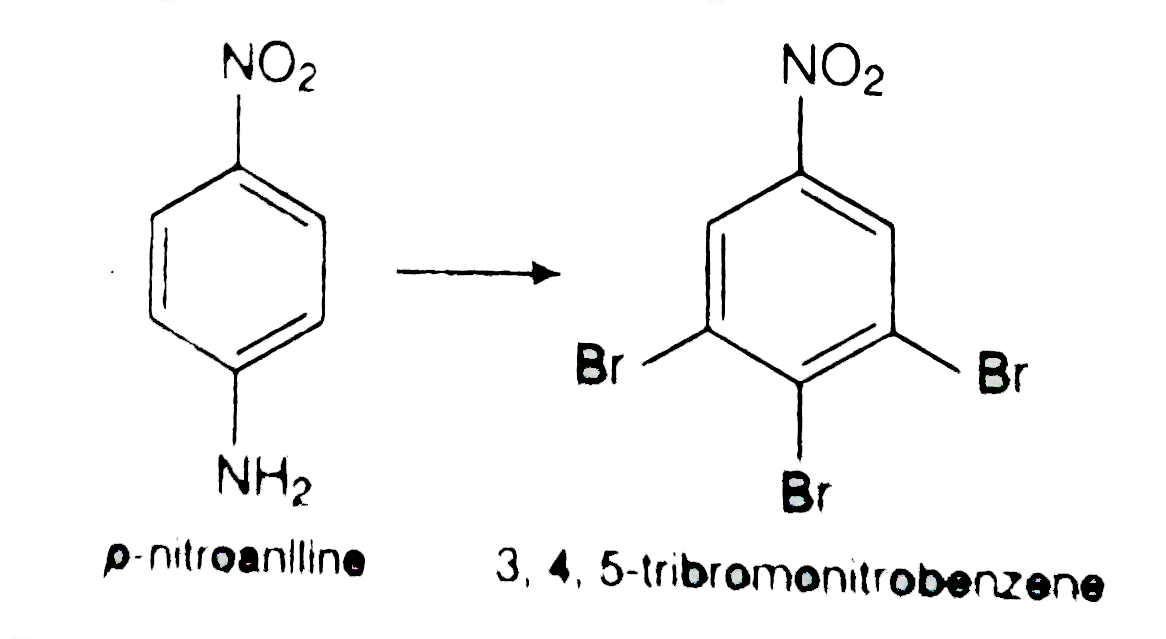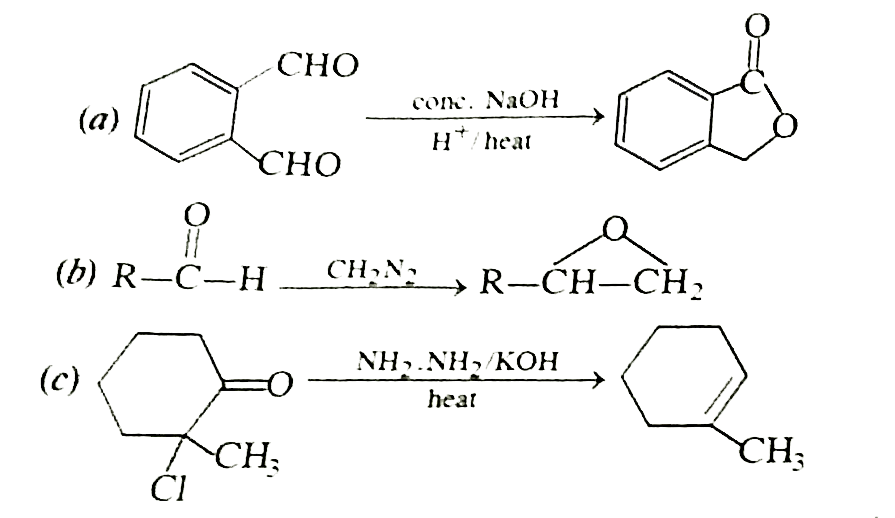How will you bring about the following conversions?
isopropyl alcohol to acetone
To convert isopropyl alcohol (propan-2-ol) to acetone (propan-2-one), we can follow these steps:
1. Identify the Reactants and Products:
- Reactant: Isopropyl alcohol (C3H8O or CH3CHOHCH3)
- Product: Acetone (C3H6O or CH3COCH3)
2. Understand the Reaction Type:
- The conversion involves the oxidation of isopropyl alcohol. During this process, a hydrogen atom from the hydroxyl (-OH) group is removed, leading to the formation of a carbonyl group (C=O).
3. Choose an Oxidizing Agent:
- For the oxidation of isopropyl alcohol to acetone, we will use an oxidizing agent. A commonly used oxidizing agent for this reaction is acidified potassium dichromate (K2Cr2O7).
4. Set Up the Reaction Conditions:
- The reaction should be carried out in an acidic medium. This can be achieved by adding dilute sulfuric acid (H2SO4) to the potassium dichromate solution.
5. Conduct the Reaction:
- Mix isopropyl alcohol with the acidified potassium dichromate solution. The oxidizing agent will facilitate the removal of hydrogen from the hydroxyl group of isopropyl alcohol.
6. Monitor the Reaction:
- The reaction will proceed, and you should monitor it until the isopropyl alcohol is completely converted to acetone. This can be done using techniques such as thin-layer chromatography (TLC) or gas chromatography (GC).
7. Isolate the Product:
- After the reaction is complete, the mixture can be neutralized and the acetone can be isolated through distillation or extraction.
Final Reaction:
The overall reaction can be summarized as:
CH3CHOHCH3K2Cr2O7/H2SO4−−−−−−−−−−→CH3COCH3+H2O
- Reactant: Isopropyl alcohol (C3H8O or CH3CHOHCH3)
- Product: Acetone (C3H6O or CH3COCH3)
- The conversion involves the oxidation of isopropyl alcohol. During this process, a hydrogen atom from the hydroxyl (-OH) group is removed, leading to the formation of a carbonyl group (C=O).
- For the oxidation of isopropyl alcohol to acetone, we will use an oxidizing agent. A commonly used oxidizing agent for this reaction is acidified potassium dichromate (K2Cr2O7).
- The reaction should be carried out in an acidic medium. This can be achieved by adding dilute sulfuric acid (H2SO4) to the potassium dichromate solution.
- Mix isopropyl alcohol with the acidified potassium dichromate solution. The oxidizing agent will facilitate the removal of hydrogen from the hydroxyl group of isopropyl alcohol.
- The reaction will proceed, and you should monitor it until the isopropyl alcohol is completely converted to acetone. This can be done using techniques such as thin-layer chromatography (TLC) or gas chromatography (GC).
- After the reaction is complete, the mixture can be neutralized and the acetone can be isolated through distillation or extraction.
The overall reaction can be summarized as:
CH3CHOHCH3K2Cr2O7/H2SO4−−−−−−−−−−→CH3COCH3+H2O
Similar Questions
How will you bring out the following conversion?

View SolutionHow will you bring out the following conversion?

View SolutionHow will you bring about the following changes :

View SolutionHow will you bring about the following conversions :
(i) Ethanol of acetone
(ii) Benzene to acetophenone
(iii) Benzoic acid to benzaldehyde.
View SolutionHow will you bring about the following conversions ?
Propene to propyne .
View SolutionHow will you bring about the following conversions ?
Toluene to benzyl alcohol .
View SolutionHow will you bring about the following conversion :
Aniline to benzyl alcohol.
View SolutionHow will you bring about the following conversions?
Ethanol to butane.
View SolutionHow will you bring about the following conversion :
Nitrobenzene to phenol
View SolutionHow will you bring about the following conversions?
(a) Toluene to benzyl alcohol.
(b) But-1-ene to but-2-ene.
(c) tert-Butyl bromide to isobutyl bromide.
View Solution
